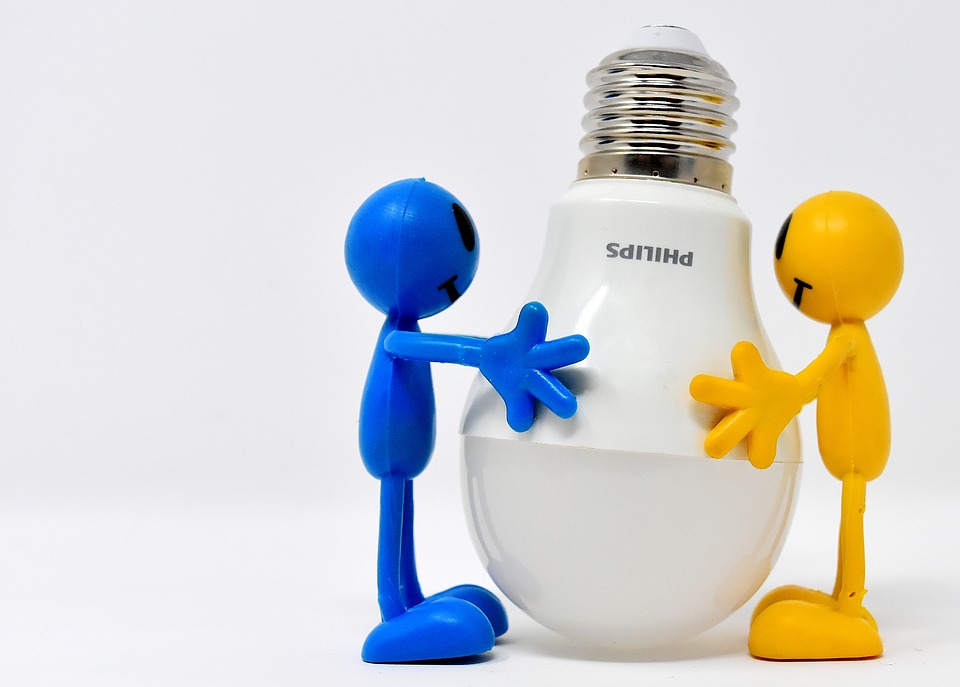
LED
Light Emitting Diodes are certainly the best thing to happen to our generation. They also very timely. We live in a day and age when out demand for energy has grown exponentially. Our daily lives are characterized by numerous electronic gadgets that consume a lot of electrical power. It is this demand for power that has pushed our carbon emissions to hazardous levels. LED’s reduce the amount of energy used by lighting applications hence reducing our energy demand. The actually present numerous other environmental benefits.
Environmental Benefits
-
Reduced Carbon emissions
As discussed above, LEDs consume less power compared to CFLs and incandescent counterparts. Incandescent bulbs convert 90% of the power they consume to heat. LEDs convert 95% of the power to light with only 5% being lost as heat. To put it into perspective, a typical 84 watts fluorescent can be replaced by a 366 watts LED since it produces the same level of light. This way, the amount of fossil fuel being consumed is less for the same number of lighting applications. This will go a long way in reducing global warming.
-
No toxic elements
Other lighting applications like the fluorescent contain toxic elements like Mercury. This way, when the break, the mercury contained inside spills to the environment hence polluting the environment. Mercury is toxic to the human nervous system, both the brain and the spinal cord. Young children are particularly more susceptible compared to adults. Adults exposed to a lot of mercury begin to have trembling hands, numbness tingling in the lips, finger or toes. LED on the other does not contain any toxic elements making it very environmentally friendly.
You May Also Like This : “Lighting Subsystems Components for LED: TE Connectivity“
-
Less heat emission
Though rarely discussed, heat pollution is one of the biggest challenges when it comes to lighting application. Incandescent bulbs release 90% of the energy consumed as heat. LEDs on release 5% percent as heat while the rest is converted to light. This reduces the need for heat sinks. This comes in handy in indoor farming.
-
Longer lifespan
LEDs last about 6 times longer than traditional bulbs. This means that lesser replacements will be done. The lesser the replacements the lesser the resources required for manufacturing, packaging, and transportation. All this translates to lesser carbon emission hence deceleration of global warming.
-
Fewer light bulbs required
Incandescent and CFL lighting applications produce light in every direction even when it is not necessary. LEDs produce more lumens for the same amount of power. They also produce a better quality of light distribution hence the lit area becomes brighter with only a few light bulbs. The lesser the light bulbs the lesser the amount of energy consumed which very good for the environment.






















1 Comment